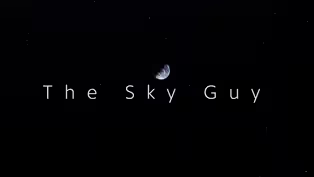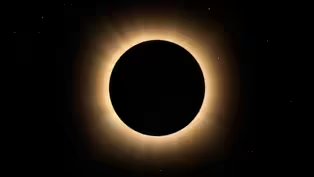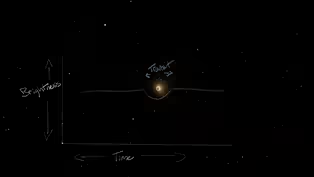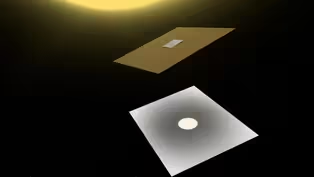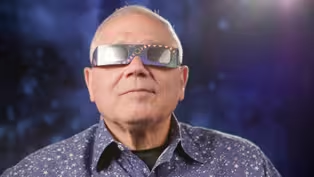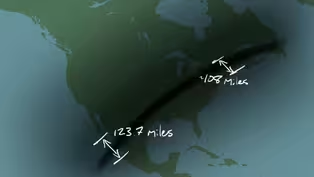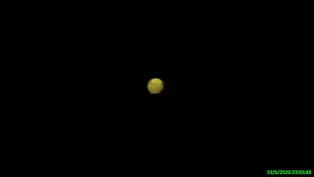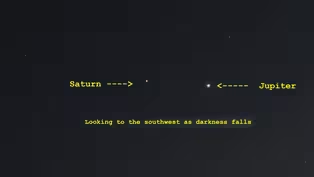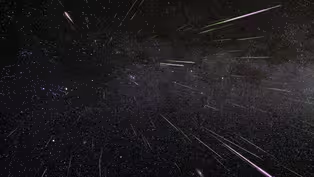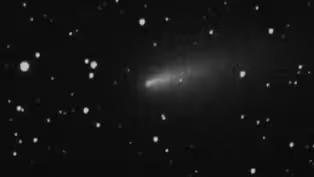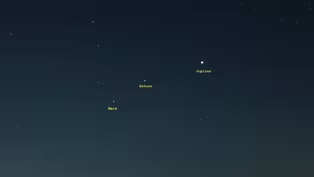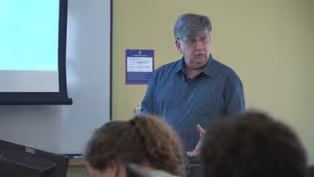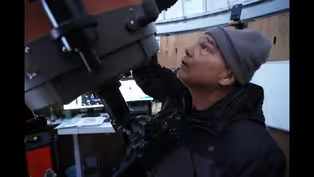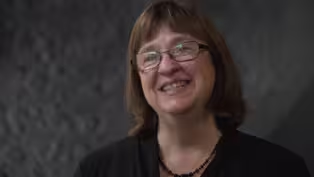New Hampshire in Space
Transit Method
Clip | 1mVideo has Closed Captions
Did you know even amateur astronomers using small telescopes can observe and discover?
Did you know even amateur astronomers using small telescopes can observe and discover exoplanets?
Problems playing video? | Closed Captioning Feedback
Problems playing video? | Closed Captioning Feedback
New Hampshire in Space is a local public television program presented by NHPBS
New Hampshire in Space
Transit Method
Clip | 1mVideo has Closed Captions
Did you know even amateur astronomers using small telescopes can observe and discover exoplanets?
Problems playing video? | Closed Captioning Feedback
How to Watch New Hampshire in Space
New Hampshire in Space is available to stream on pbs.org and the free PBS App, available on iPhone, Apple TV, Android TV, Android smartphones, Amazon Fire TV, Amazon Fire Tablet, Roku, Samsung Smart TV, and Vizio.
Did you know that scientists use the same geometry present in a solar eclipse to search for exoplanets?
An exoplanet is a planet that orbits a star other than our sun.
And so far, astronomers have detected and confirmed roughly 5500 planets.
The majority of which have been discovered using a method called the transit method.
The transit method involves observing the star's brightness, looking for periodic dimming of the star.
That dimming in the star's brightness happens when one of its planets passes across the disk of the star and creates an eclipse.
This is also called a transit.
When we observe a transit of an exoplanet, we're actually in the shadow of a planet in another solar system, just the way we're in the shadow of the moon during a solar eclipse.
That's wild, isn't it?
Even amateur astronomers using small telescopes can observe and discover exoplanets.
Video has Closed Captions
Clip | 2m 35s | What a precious place we all share. (2m 35s)
What You Will See: Total Eclipse
Video has Closed Captions
Clip | 50s | What should you expect to see during the total solar eclipse? (50s)
Video has Closed Captions
Clip | 1m | Did you know even amateur astronomers using small telescopes can observe and discover? (1m)
Protecting Your Eyes: Projection Method
Video has Closed Captions
Clip | 1m 55s | Did you know you can build your own projector to safely view an eclipse? (1m 55s)
Video has Closed Captions
Clip | 1m 30s | The only way to safely view an eclipse directly is to use certified solar eclipse glasses. (1m 30s)
Video has Closed Captions
Clip | 1m 15s | What you see will see during the eclipses will depend on where you are! (1m 15s)
Quandrantid Meteor Shower - The Sky Guy
Video has Closed Captions
Clip | 1m | Don’t miss the peak of the annual Quandrantid Meteor Shower on January 2nd. (1m)
Video has Closed Captions
Clip | 1m | Mars will appear as a bright orange disk in the sky throughout December. (1m)
Jupiter and Saturn Conjunction - The Sky Guy
Video has Closed Captions
Clip | 1m | On December 21, the Jupiter and Saturn will be so close together. (1m)
Geminid Meteor Shower - The Sky Guy
Video has Closed Captions
Clip | 1m | The year’s best annual meteor shower is coming to our sky on the evening of December 13th. (1m)
Video has Closed Captions
Clip | 1m | What’s that bright star in the evening sky? It’s actually the planet Venus. (1m)
The Morning Planets - The Sky Guy
Video has Closed Captions
Clip | 59s | John Gianforte guides you on how to view the three aligned, morning planets. (59s)
Video has Closed Captions
Clip | 2m | Comet Atlas has brightened considerably since it was first seen in December, 2019. (2m)
Moon Memories | Mark McConnell
Clip | 1m 25s | Mark McConnell teaches about space at the University of New Hampshire. (1m 25s)
Moon Memories | John Gianforte
Clip | 1m 15s | John Gianforte runs the observatory at the University of New Hampshire. (1m 15s)
Moon Memories | Jeanne Gerulskis
Clip | 1m 15s | Director of the McAuliffe-Shepard Discovery Center. (1m 15s)
New Hampshire in Space (Preview)
Video has Closed Captions
Preview: Special | 30s | New Hampshire has had its eyes on space exploration for decades. (30s)
Providing Support for PBS.org
Learn Moreabout PBS online sponsorshipSupport for PBS provided by:
New Hampshire in Space is a local public television program presented by NHPBS
